

Music marketing is a way to promote your music. It’s not just about making music, it’s about getting people to listen to your music and buy it.
The best way to do this? Create a strong brand identity for yourself as an artist, then build relationships with fans and potential fans through content creation (videos, podcasts) and social media outreach.
With the help of your team and partners, you will be responsible for developing new ideas and campaigns that can be implemented by your music marketing agency. This means brainstorming with other members of your team, coming up with new marketing strategies, and finding ways to improve existing campaigns. You will also need to develop a strategy for how these campaigns will be implemented, including how much money should be spent on them. This can include everything from buying ads on social media platforms to hiring external contractors to handle specific tasks like designing an album cover or writing press releases.
In addition to developing campaigns and overseeing their implementation, you will also need to manage budgets. This means keeping track of all of your expenses so that they don’t exceed what has been budgeted and determining how much money should be allocated for future projects based on their relative importance compared with other projects within your company’s overall portfolio. This information can then be used by other departments within the organization as well as outside agencies who are hired by the music marketing agency in order to ensure that all projects have the resources necessary for success.
Finally, once a campaign has been completed it is important that you evaluate its effectiveness so that future efforts can be improved upon if necessary
Music marketers craft partnerships with peers in the music business, from press contacts at media outlets to tastemakers, DJs, and curators. They collaborate with the record label’s press department to set up interviews for their artists with radio programs, print magazines, bloggers, podcasts, and music streaming outlets. They also assist with crafting electronic press kits (EPKs) about the artists for interviewers and other journalists.
Music marketing is an important part of any musician’s career. It can be used to increase sales and grow your audience, but it isn’t always easy to get started with. In this blog post, I’ll explain what music marketing is, why it’s important for your career, and then give you examples of music marketing strategies that have been successful in the past so that you can use them as inspiration for your own campaigns.
Ad campaigns are an effective way to get your name out there and promote your music. You can advertise on social media, in newspapers and magazines, on the radio, or even on television. For example:
Online promotion is one of the most effective ways to market your music. It’s also a great way to promote yourself as an artist since you can use social media to build up a following and email marketing campaigns to keep in touch with fans. Here are some examples of online promotions:
Social media can be a great way to connect with fans, share content, and build your following. It’s also an excellent tool for getting feedback on new music or marketing campaigns. Social media is also useful for promoting your music through things like contests or hashtags. You can even use social media to interact with other musicians in your genre who may be interested in collaborating with you on projects!
Music marketing refers to any activity that you perform in order to create more exposure and interest in your music. This can include things like:
We hope this article has given you a better understanding of what music marketing is and how it can help your band grow. We recommend that you try out some of these strategies to see what works best for your band, but most importantly, have fun!
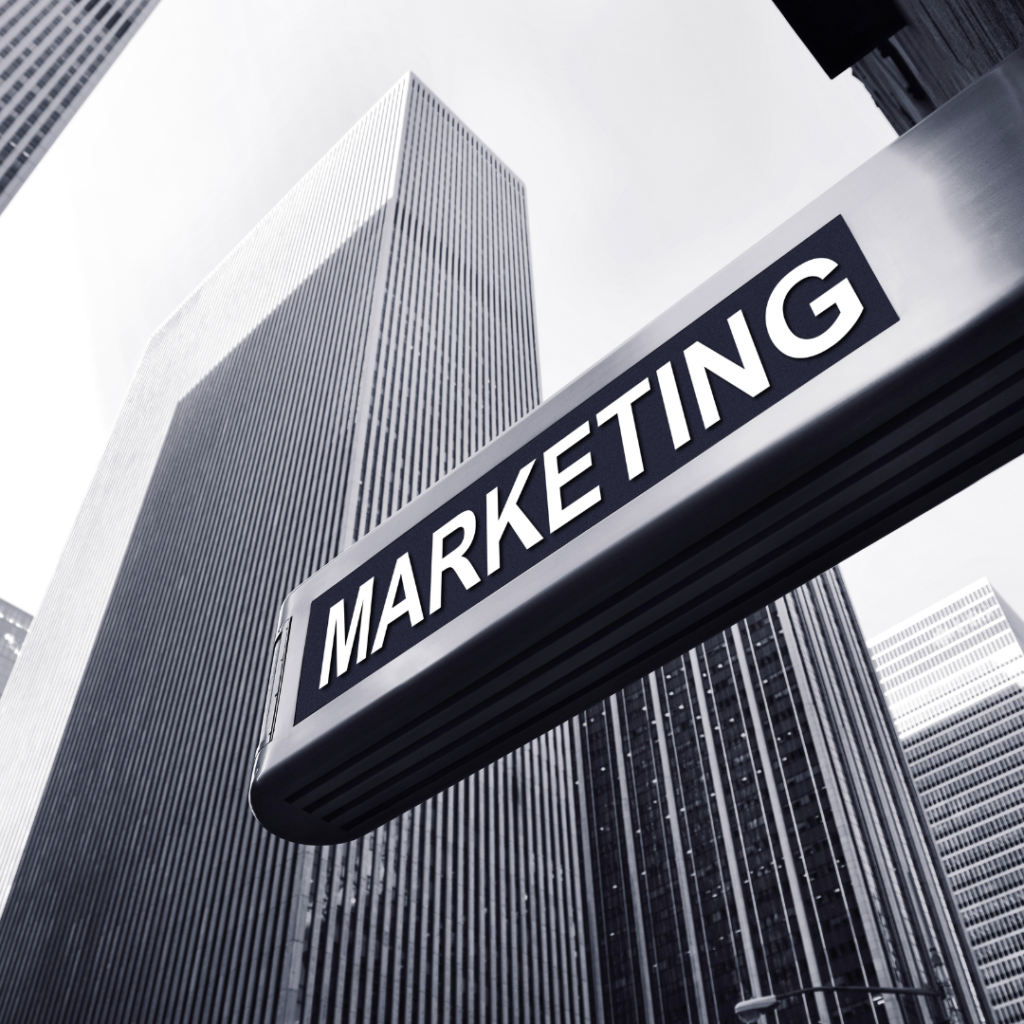
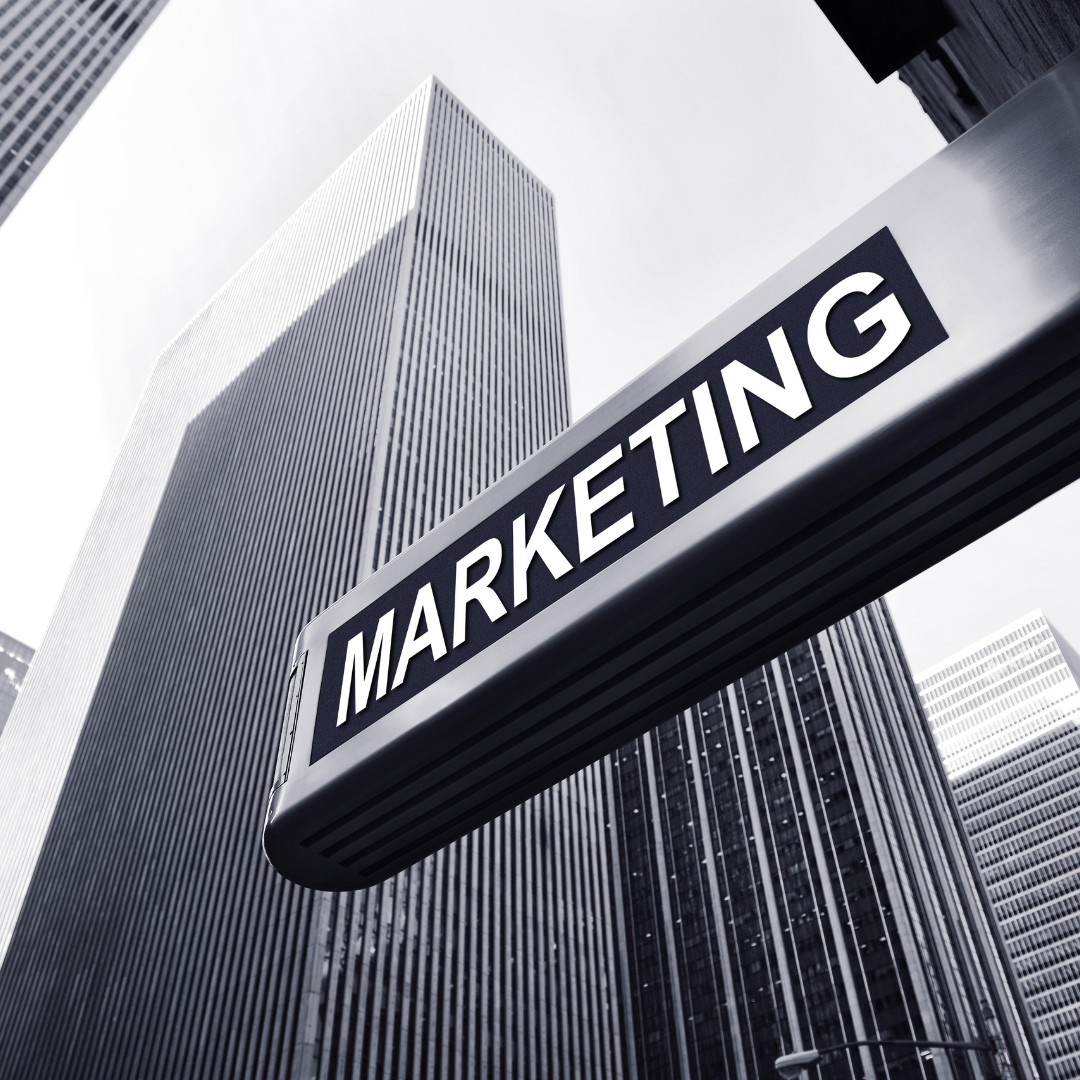
A strong marketing strategy can help you succeed as a musician. In this article, we’ll discuss seven steps to achieving your music marketing goals and show you how to put them all together into a cohesive plan that will take your career to the next level.
You don’t have to be a rocket scientist to know that setting goals are an effective way to achieve your aims. But did you also know that if you don’t set specific, measurable, and achievable goals, your chances of success are reduced dramatically?
You can use the SMART method when setting your music marketing goals: S stands for Specific; M means Measurable; A is Achievable; R signifies Relevant; T represents Time-bound (specific).
For example, “I want to get 100 plays on SoundCloud” is not a good goal because it’s neither specific nor measurable. “I will work out 5 times every week over the next month” would be much better as it’s both specific and measurable (and also achievable).
Now that you have a clear goal in mind, it’s time to determine who your audience is. Who do you want to reach? What kind of music do they listen to? Are they likely to be on Facebook or Twitter? How old are they? What genre of music are they interested in hearing?
What makes this step so important is that if you don’t know who your potential customers are, then how can you market yourself effectively? In order to find out who these people are and where they hang out online (and offline), I recommend doing some research with Google Analytics. This information will help guide you through the rest of this process.
The next step is to research what others are doing, which includes your competition but also other musicians in your genre and bands in your area or scene. Look at their websites, social media accounts, and videos. If they have a YouTube channel or any online presence, check that out too! Not only will you learn from their successes (and failures), it will give you ideas for ways to promote yourself as well.
The tone of voice is the personality of your brand. It’s how you speak and what you say, but it’s also about how you present yourself in text and images on social media.
You want to be authentic, consistent, and unique so that people can identify who you are. Your tone should be relatable too; if someone hears an artist they like when they listen to yours, that’s a huge win!
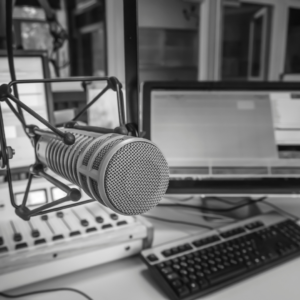
After you’ve done your research and tested your niche, the next step is to choose which marketing strategy will work best for you and your music. This may mean choosing one or all of these options: social media, blogs, email marketing campaigns, and more. You’ll need to keep in mind that not all of these channels are going to be right for every artist or project—you’ll have to decide what’s best for you! Choosing an appropriate channel means taking into consideration factors like whether or not it suits the type of music you’re creating (for example: if you’re releasing an acoustic album with heart-felt lyrics about love lost, Instagram probably isn’t going to be an effective choice). You should also consider how much money is available for marketing efforts as well as who your target audience is since this will influence which channels might work better than others. Finally, don’t overlook personal preferences either; even if another person thinks something “should” be done differently/better/more often than they do doesn’t mean it’ll actually work out well when applied within their own context so make sure whatever works best fits within both criteria before moving forward with any decision-making process here!
As in any business, you have to know how much money you can spend. You can’t just throw it out there without a plan. You will need to figure out your budget and determine how much of that budget should be allocated for marketing purposes. If possible, I recommend putting aside at least 20% of any revenues generated from your music sales or performances for marketing and promotion purposes.
Once this is done, devise an action plan and create a marketing plan, content calendar, and social media calendar that includes specific strategies and tactics for reaching all audiences (including fans, promoters, bloggers/media outlets). This will ensure that no stone goes unturned when it comes to spreading the word about what you do!
Monitoring and adapting your plan is the most important step in this process. It is also the step that many musicians skip, which leads to many problems later on.
You need to constantly monitor your progress so that you can adapt your plan as necessary. You may find that one of your goals will take longer or shorter than anticipated, or that there are unforeseen roadblocks in front of you that make it impossible to achieve the goals on time.
If you don’t monitor your progress, these problems can cause a domino effect and derail everything else in your plan. For example: if one goal isn’t working out because of unforeseen circumstances (e.g., there’s bad weather), then other parts of your strategy might not work either because they depend on achieving that first goal (e.g., booking gigs). If monitoring and adapting fail at any point along the way, chances are high that everything else will fail too—and all for nothing!
No matter what level you’re at in your music journey, you can use these seven steps to create a plan for marketing your music. If you’re just starting out and need help getting started, this is the right place for you!
If you’ve been working on building an audience and have some traction, but want to take things up a notch, this is also the right place. In fact, it may be even more important if you already have an audience because otherwise how will they know what kind of content they should be sharing with their friends? They won’t! This is where step one comes in: Ask yourself: What’s my goal?
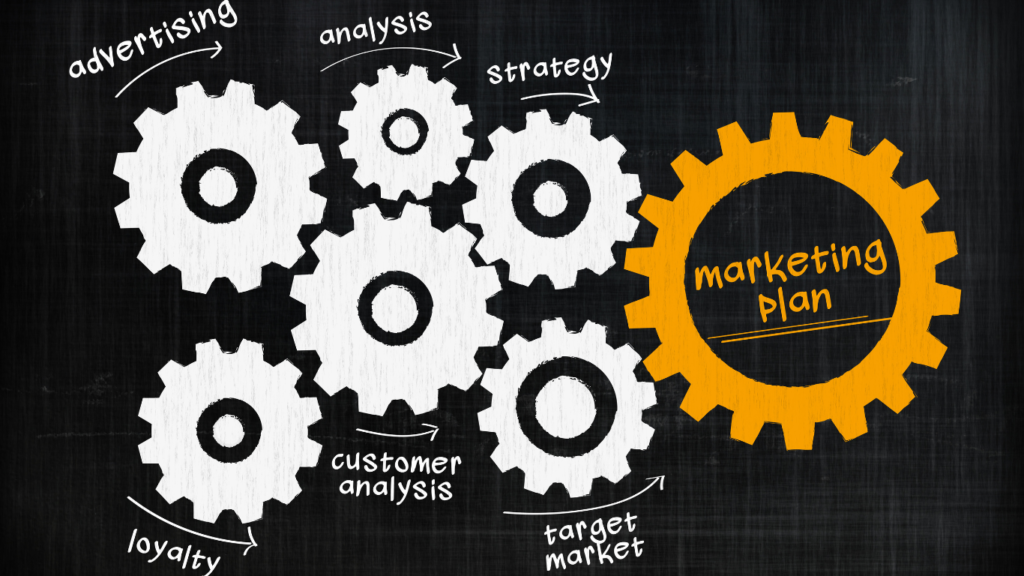
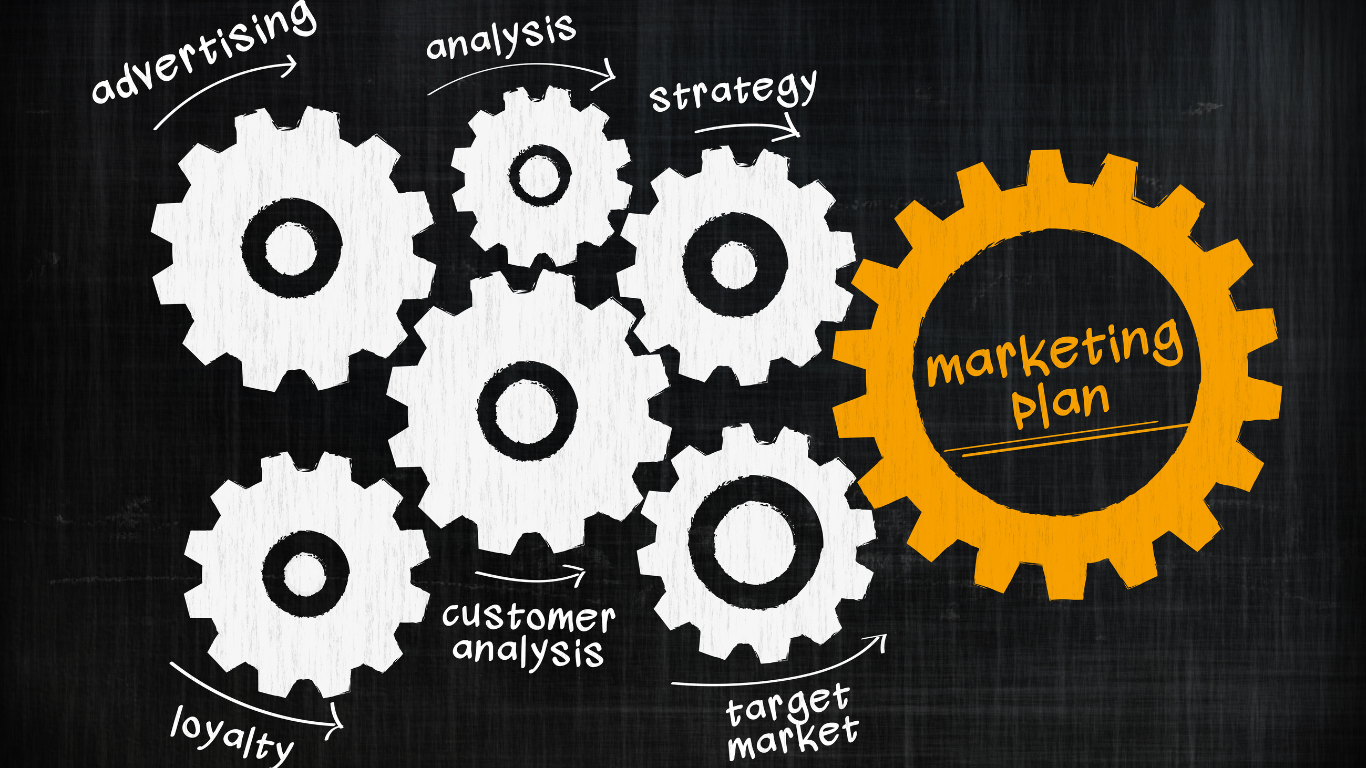
If you want to be successful in your music career, you need to know how to create an effective marketing plan. A marketing plan is a tool that can help you organize all of your promotional activities, set goals, and measure your progress as time goes on. It also helps keep you focused so that you don’t get overwhelmed by everything that needs doing.
Before you can create a marketing plan, you need to know who your audience is and what they like. This will help you determine how best to reach them and keep them engaged with your music. It’s also important that you understand their age group, gender, location, and more so that when it comes time for the actual execution of this plan (step 4), everything runs smoothly.
Most importantly though: don’t forget about their emotional state! The music industry is always changing so having empathy for where people are emotional helps us stay relevant as creators in today’s world of constant change.
The second step to creating an effective music marketing plan is to plan for the long term.
This may seem obvious, but it’s important to remember that you shouldn’t be thinking solely about what you need to do this month or even this year. You should also consider your goals for next year, and maybe even further down the line–as far as five years from now!
For example: If you have a new album coming out in 2020 and want it to be successful enough that people still talk about it in 2025 (and beyond), then planning how best to market that album now will be crucial when those dates roll around.
In order to know whether or not your marketing efforts are working, it’s important to keep track of where you’re at. You should know how much money has been spent on each campaign and what kind of results have come from those campaigns. This will help determine if a given strategy is working or not so that future strategies can be tweaked accordingly based on what has already been tried.
Keep track of the following:
The next step is to set a goal for your music marketing plan. A goal is something you want to achieve, so it’s important that you have one in mind before beginning the process of creating your plan. For example:
Step 5: Create a list of marketing tactics to use.
You should have everything you need the order to create your own music marketing plan by this point, but if not, here’s what you should do next:
A music marketing plan is an essential part of creating a successful career in music, particularly if you are just starting out and don’t have much money to spend on ads and promotions.
It’s important to note that there is no one right way to create a plan; every artist has their own unique situation and will need to approach their marketing differently. That said, here are five steps that can help guide your strategy:
A music marketing plan is an essential part of creating a successful career in music, particularly if you are just starting out and don’t have much money to spend on ads and promotions. It may seem like a lot of work, but the payoff will be worth it in the long run!
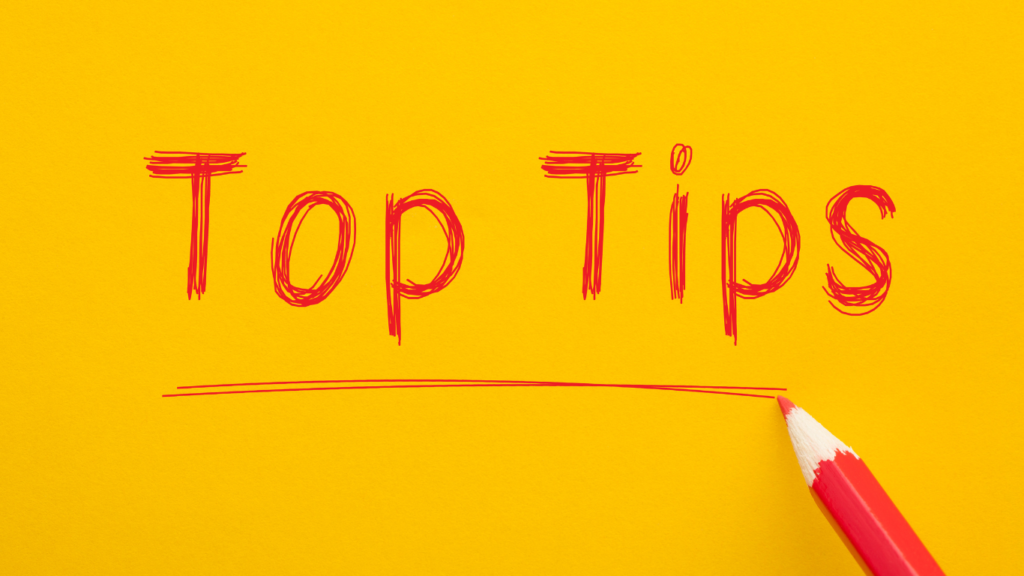
Planning content in advance is important for musicians because it gives them the time to write and record their next album. In this article, you will get 5 tips on how to plan content in advance.
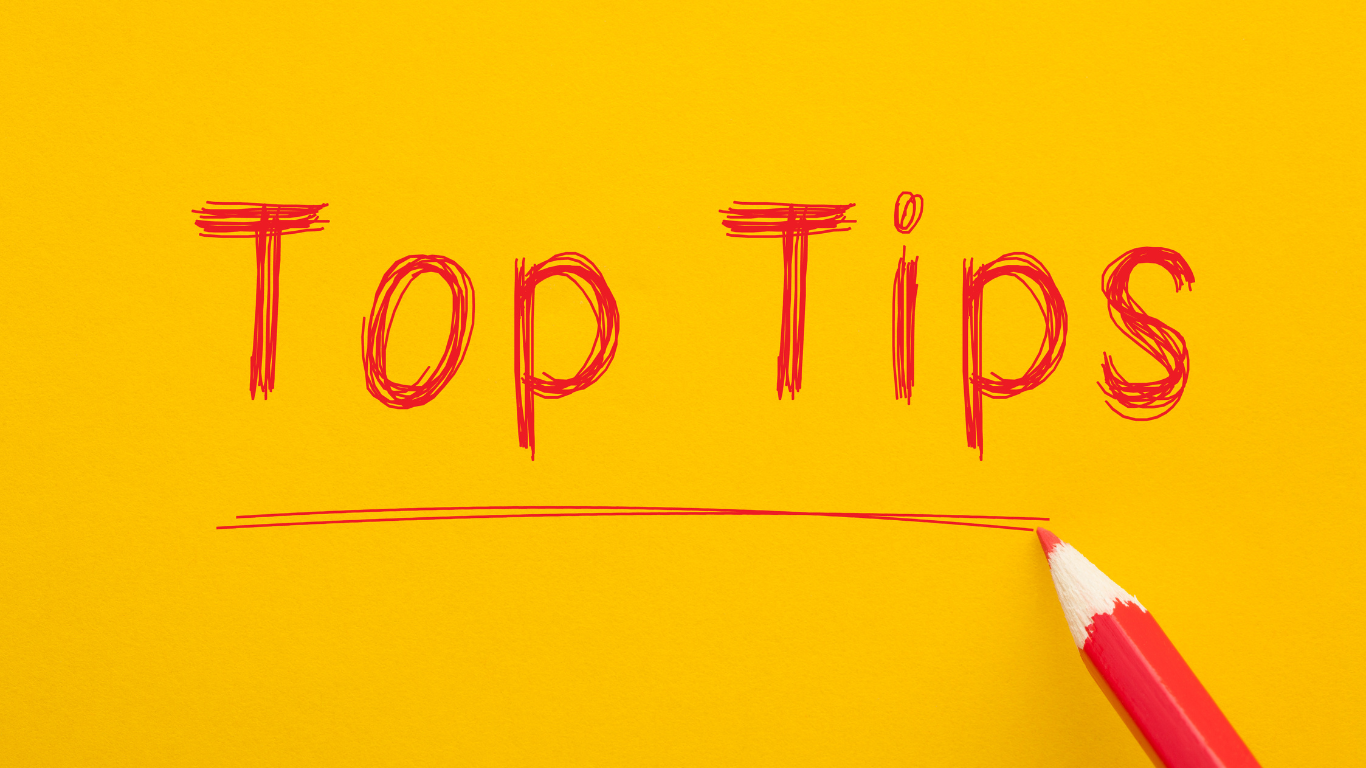
The music industry is an ever-changing landscape. With new artists coming onto the scene and established artists releasing new albums every year, it’s important for musicians to stay on top of their marketing and social media efforts. But this can be challenging when you’re busy with rehearsals, recording sessions, and live performances. In order to keep up with your fans’ expectations and stand out from the pack you’ll need to find time in your busy schedule to plan out your content ahead of time. Here are some tips on how to do just that:
Brainstorming is a great way to develop ideas before you actually create the content. This can mean everything from sketching out a plan for your new album cover on paper or creating a list of topics that you want to cover in a podcast episode. Set aside some time each week (or every day) to brainstorm new ideas and concepts that could be included in your upcoming pieces.
The first thing you need to do is compile your ideas in a document or spreadsheet. This will help you stay organized and keep track of what content you want to create and when.
In another section, we mentioned the importance of using a calendar for planning out your time, but when it comes to creating blog posts and social media content, it’s even more helpful! You can use the calendar feature on your smartphone or computer as well as third-party apps like Google Calendar or Todoist (my personal favorite).
Once you have created this document with all of your ideas listed out by topic and date, go through each one individually and decide how much time each one will take from start to finish—including writing the post itself, editing it once finished (which should be done first), proofreading it one last time before publishing on social media platforms like Facebook/Instagram/Twitter, etc., posting on those sites with hashtags if necessary so people can find them easily in search engines such as Google or Bing, etc., monitoring how many likes/comments/shares there are on each post after it goes live so that any changes needed can be made swiftly without waiting too long between updates.
Setting up social media and blog calendars is an essential step for musicians to plan content in advance and increase the consistency of their output. This can be done through a spreadsheet, or with apps like Buffer, Hootsuite, or Sprout Social. A calendar helps you to track your progress, as well as easily see when there are gaps in the schedule that need filling with new posts or tweets.
Scheduling posts in advance is an easy way to stay on top of your social media game. It also helps you avoid being late, which could make people think less of your brand—or even worse, leave a negative impression.
If you don’t have the time or patience to craft engaging content on a daily basis (which is understandable), scheduling can help fill in gaps and reduce stress. In fact, scheduling tools like Hootsuite are designed specifically with musicians in mind you can schedule tweets or Facebook posts from anywhere at any time!
Planning content in advance is key if you want to stay on top of your marketing and social media efforts. If you’re planning content in advance, you will know what to post and when and thus be able to focus on other aspects of your business.
If you’re a musician looking to plan your content in advance, these tips will help. They give you a good idea of how to brainstorm ideas, compile them into documents and spreadsheets, create a marketing calendar, schedule social media posts in advance, and more! As always when it comes to making music, remember that the only way to succeed is by practicing hard work (and maybe some luck).
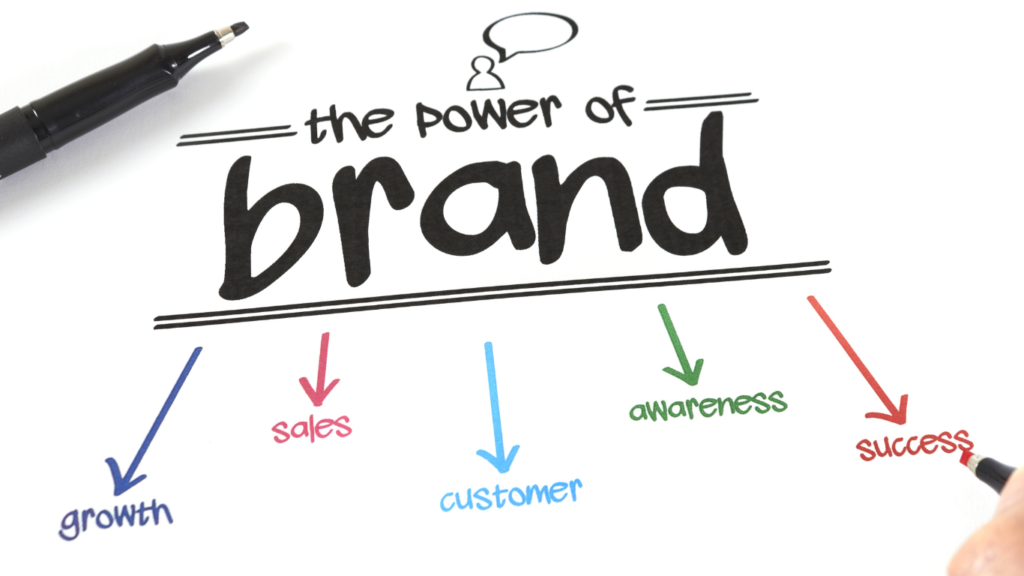
Music is a powerful tool that can be used to inspire and connect with people. It can even help you launch your brand. But what exactly is a brand strategy? And how do you use it to promote your music? Let’s explore this in detail:
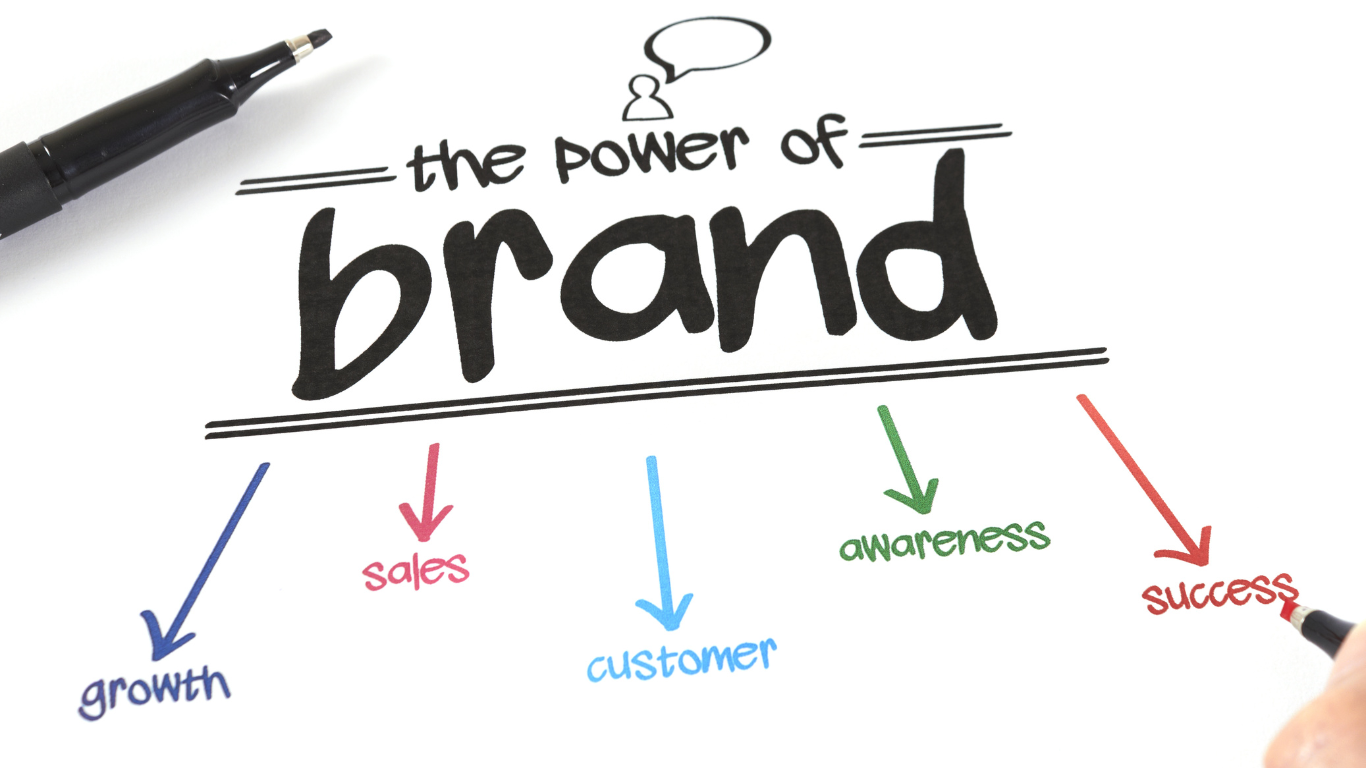
When you’re building a brand, you’re creating an identity for your music. This includes everything from the logo to the color palette, fonts, and more. Your identity is what makes people associate with your brand–it’s how they recognize it as yours in the first place.
Creating a strong sense of self will help define who you are as a musician (and business). It also helps build trust among potential fans because they know exactly what they’re getting when they buy into your music or come see one of your shows: You’re going to deliver quality content every time!
When it comes to branding, there are a few things that you need to think about:
SMART goals are Specific, Measurable, Achievable, Relevant, and Time-bound.
SMART goals help you to stay focused on what is important. They help you to measure your progress and avoid procrastination.
Provide value to your audience and fans.
You have to give people something they want, but also something they didn’t know they wanted. The best brands do this by providing useful products or services that will help their customers achieve their goals, whether it’s selling more music or helping them achieve a certain look/style in their wardrobe.
The same goes for you: if you want to build up your brand strategy and become successful as an independent musician, then provide value through whatever means possible (e-books/ebooks/freebies, etc.). This could be by offering free downloads of songs from specific albums or even just posting videos on YouTube explaining how certain chords work together in order for beginners who don’t know much about music theory yet!

There is a lot of marketing terminology thrown around in the music industry. It’s pretty confusing for musicians, and if you are trying to find information about your options, it might be hard to discern all the different types of music marketing platforms out there for musicians. Six main forms of music marketing platforms are available to musicians. And those are:
Marketing platforms of the music industry can be divided into the following types:
Social media marketing is a powerful tool for customer engagement and building brand awareness. However, to build a following on social media, you need to understand the demographics of your target audience and set goals in terms of web mentions or content engagement metrics. In the digital sharing age, your fans are the media itself, one that can sometimes be much more powerful than conventional communication channels. However, don’t forget about other channels. Social media marketing should be just a part of your overall communication strategy.
Social media has become an integral part of modern marketing strategies for small businesses. As this trend continues to grow with each passing year, social media marketers continue to refine their methods and focus on new strategies.
When you’re looking to reach out to a specific audience, digital advertising is a great way to go. Digital advertising allows you to choose not only the time and place of your communication but also the type of people you engage with. Advertising through social media (e.g. Facebook ads), search engines (e.g. Google AdWords), digital displays, or even digital audio platforms of Spotify/Pandora allows you to target people based on demographics (age, location, income, etc), musical preferences, and interests.
This is different from physical space advertising like OOH (out of home) advertising — although it remains reserved for more popular acts, targeting wider audiences — because it allows us to target people based on their interests and preferences rather than just their location or age range.
Paid advertising is a great way to get in front of the audience, but it should be approached with caution — the acquired traffic won’t stick around for long if you’re not able to spark an organic interest across other channels and platforms.
When it comes to cultivating a loyal fan base, direct-to-fan communication is crucial. First and foremost, music is a passion and part of people’s identity. Direct engagement helps to build a deeper connection with your audience — and that is something that can come a long way in the music business.
Emails, text messages, or direct messages over social media — whether manual or via bots — will help you build a tight-knit ring of fans that will stick with you (and consistently support you).
Digital Service Providers (DSPs) play a crucial role in the digital music consumption landscape. They help artists reach their fans and grow their careers, by distributing their music to the various platforms that host playlists.
Spotify, Apple Music, Amazon Music, SoundCloud: the digital music consumption landscape is made up of dozens of DSPs. Getting in front of the audience of these platforms is key to expanding your fan base and growing your career.
One of the most prominent channels to reach the audience of the various streaming platforms are playlist placement. That’s why the playlist strategy is now at the heart of any music marketing campaign.
Playlists are a powerful tool for digital service providers to connect with their listeners, but they can also be dangerous if you’re not careful. There are five types of playlists on DSPs:
Generally, playlists on the DSPs can be divided into five types:
Today’s most successful artists are building their brands on multiple platforms. And one of the best ways to do that is through a playlist.
Playlists can offer a vast opportunity to reach new fans, but at the same time, they put the artist at risk of being reduced to just another name in a long list — so you have to build your story on other platforms first and turn the streaming audiences into fans who will go out to your shows.
In the music industry, there are few things as important as publicity. It’s a good thing, then, that there are so many ways to get your name out there:
Promotion of this kind of free advertisement — except that it never comes for free. It would help if you had a PR strategy, a network of connections across different mediums, a press event, and a solid (and preferably data-based) pitch. News doesn’t create itself, so musicians have to work with journalists and media pros to make it happen.
The world is more connected than ever. And while music was always a social phenomenon, the digital space has made the world even more connected than ever. Digital Word-of-Mouth can now travel around the globe overnight and turn an unknown artist into an international sensation.
Right now, TikTok is the user-generated content platform on top of everybody’s mind — but the fan-driven content can live on several platforms: from Twitter to YouTube to Spotify (remember those user-generated playlists?). However, you have to remember that virality doesn’t just happen — it’s always driven by a solid strategy.
No matter what kind of music marketing service you need, there’s a platform out there for you. But the world of music promotion is incredibly complex, and it can be not easy to know where to start. These six music marketing platforms offer a variety of services, so no matter what your needs are, you’ll find something that meets your criteria. click here to hire a professional

The challenge of music promotion in the 21st century is to develop a 360° marketing strategy that reaches all these audiences and connects with every potential opportunity and to do that you need the right tools. From platform-specific advertising managers to CRM solutions and link shorteners: every music marketing tool plays its role in creating, organizing, and distributing your content (and your message) so that it reaches the right people at the right time.
A&R DUTY is a unified, intelligent platform that leverages the most advanced technologies to grant you access to all of your fans. Now, it’s easy to get the whole picture that helps you to truly understand your audience – their needs and expectations inside and outside the circle of your influence.
As a music marketer, there are more platforms and plans to choose from nowadays than ever before, many of which are difficult to work with. That’s why the real challenge isn’t the choice but the choice architecture itself: We have so many possibilities that we don’t know which one to choose. That’s where this guide comes in: To help you navigate through all these options, I’ll show you which tools I use and how I use them when approaching this gigantic task of “music marketing.” From platform-specific advertising managers to CRM solutions, there are plenty of tools to consider when trying to reach potential fans. But the point is: we should use all those available tools to their full extent!
In this post, we will cover 9 music marketing tools that we believe deserve more attention. Some of these are very powerful and some are more on the creative side. If you want to go deeper into marketing, here is a list of tools that focus on your target audience — I’ll give you a hint — it’s not just fans…
Spotify for Artists is a powerful tool that gives you the ability to manage your presence on the platform. It’s part of Spotify’s overall strategy to create a more equitable playing field for all artists, regardless of their size.
Spotify for Artists gives you the tools to optimize and improve your performance on the platform. This starts with customizing your Spotify profile and accessing critical data on playlist additions, number of streams, and number of followers/listeners.
Playlist additions are the lifeblood of Spotify performance, and Spotify for Artists gives you a direct channel to pitch your music to Spotify’s editorial team, leveling out the playing field for independent artists out there. You can also use this tool to track where your music is being played across the site and make sure it’s being promoted appropriately.
SSound chartsis a music intelligence platform that provides data insights for artists and brands. SSound chartsgathers all the various data points to help you assess your marketing strategy and figure out what is (or isn’t) working. Sound charts platform gives you a comprehensive view of an artist’s performance across the music industry, including:
With Soundcharts, marketers have access to insights that help identify new opportunities, highlight high-potential markets, assess the results of the campaigns, and make strategic, data-inspired marketing decisions. success. Try Ssoundchartsfor free — no credit card required.
ReverbNation is a music marketing platform that includes tools for social media, email newsletters, targeted advertisements, and more. It’s ideal for artists and bands with established audiences who want to expand their reach.
ReverbNation is one of the world’s largest online communities of music professionals with over 10 million users. The platform offers a suite of tools to help artists increase their visibility, including email newsletters, viral marketing widgets, electronic press releases, and more.
ReverbNation also sells advertising space on its website for musicians who don’t have large followings but want to reach new listeners on platforms like Facebook or Spotify.
HubSpot is a full-suite Customer Relationship Management tool that music professionals can use to construct and carry out a cross-platform marketing strategy, then assess the success of this strategy and optimize moving forward. You can centralize all your marketing campaigns (emails, blogs, social media posts, advertisements) on HubSpot — and track exact metrics at the same time.
HubSpot’s key features include:
Email Marketing – You can send one-time emails or create email drip campaigns for automated follow-up messages.
Landing Pages – Create landing pages for your website and promote them through social media ads or other paid advertising channels like Facebook or Google AdWords.
Social Media Management – Schedule posts across multiple social media channels with pre-made templates so you won’t have to waste time creating them every time you want to post something new. HubSpot also tracks how well each post performs so you can look back at what was successful in the past to inform future posts that might do well too!
Blog Management – Publish blog posts from within your dashboard by writing directly in the editor and scheduling when ittheyhould go live on your website.
With Show.co, you can promote your new music with a full suite of tools that will help you grow your audience and sell more music.
ToneDen is the world’s best music marketing platform, with everything you need to promote your music, from the first single to a tour. ToneDen is especially valuable to music professionals as a marketing platform for live events. With ToneDen, you can:
Amplify is a link shortener that allows you to customize your links with artwork, metadata, or videos. It also tracks how many people view your links and creates landing pages and smart links.
The Amplify app is free for iOS, Android, and the web, so it’s easy to use across platforms.
The app has been around for a few years now, but it was recently acquired by Spotify and updated with new features like analytics tools. It’s now part of Spotify’s strategy to improve its social media presence by offering its users more ways to share their music on different platforms.
Why Use Amplify?
The main reason to use an app like Amplify is that sharing music on social media is complicated. If you just give someone a Spotify link, they may not know how to open the file or play it on another device (especially if they don’t have Spotify). With Amplify, you can customize your link with artwork or even add a video preview so people know what they’re clicking on before they hit play. The last thing anyone wants is for someone to click on something only to find out it doesn’t work!
Buzzstream is an outreach and PR tool that automates critical parts of link-building and marketing. You can send out bulk pitches tailored to different audiences and create a link-building database. Buzzstream is also an excellent way to find social media influencers in your genre.
If you’re just starting with link building, BuzzStream’s interface can be intimidating. But once you get the hang of it, you’ll save hours on content promotion and outreach.
Facebook Messenger bots are the next big thing in marketing. The platform is already being used by many businesses to provide customer service, sales, and social media management, but they can also be used to engage with your audience in a personalized manner.
Engaging with your audience in a personalized manner becomes more and more difficult as you gain traction. With social media bots, you can engage at scale and send customized direct messages to your listeners en masse. It’s great for viral marketing campaigns.
The platform also lets you integrate with other apps like Shopify and Salesforce so you can directly connect with customers and provide them with deep product information or order tracking info when they need it most. k.
Marketing platforms of the music industry can be divided into the following types:
Social media marketing is a powerful tool for customer engagement and building brand awareness. However, to build a following on social media, you need to understand the demographics of your target audience and set goals in terms of web mentions or content engagement metrics. In the digital sharing age, your fans are the media itself, one that can sometimes be much more powerful than conventional communication channels. However, don’t forget about other channels. Social media marketing should be just a part of your overall communication strategy.
Social media has become an integral part of modern marketing strategies for small businesses. As this trend continues to grow with each passing year, social media marketers continue to refine their methods and focus on new strategies.
When you’re looking to reach out to a specific audience, digital advertising is a great way to go. Digital advertising allows you to choose not only the time and place of your communication but also the type of people you engage with. Advertising through social media (e.g. Facebook ads), search engines (e.g. GoogleAdWords), digital displays or even digital audio platforms of Spotify/Pandora allows you to target people based on demographics (age, location, income, etc), musical preferences and interests.
This is different from physical space advertising like OOH (out of home) advertising — although it remains reserved for more popular acts, targeting wider audiences — because it allows us to target people based on their interests and preferences rather than just their location or age range.
Paid advertising is a great way to get in front of the audience, but it should be approached with caution — the acquired traffic won’t stick around for long if you’re not able to spark an organic interest across other channels and platforms.
When it comes to cultivating a loyal fan base, direct-to-fan communication is crucial. First and foremost, music is a passion and part of people’s identity. Direct engagement helps to build a deeper connection with your audience — and that is something that can come a long way in the music business.
Emails, text messages, or direct messages over social media — whether manual or via bots — will help you build a tight-knit ring of fans that will stick with you (and consistently support you).
Digital Service Providers (DSPs) play a crucial role in the digital music consumption landscape. They help artists reach their fans and grow their careers, by distributing their music to the various platforms that host playlists.
Spotify, Apple Music, Amazon Music, SoundCloud: the digital music consumption landscape is made up of dozens of DSPs. Getting in front of the audience of these platforms is key to expanding your fan base and growing your career.
One of the most prominent channels to reach the audience of the various streaming platforms are playlist placement. That’s why the playlist strategy is now at the heart of any music marketing campaign.
Playlists are a powerful tool for digital service providers to connect with their listeners, but they can also be dangerous if you’re not careful. There are five types of playlists on DSPs:
Generally, playlists on the DSPs can be divided into five types:
Today’s most successful artists are building their brands on multiple platforms. And one of the best ways to do that is through a playlist.
Playlists can offer a vast opportunity to reach new fans, but at the same time, they put the artist at risk of being reduced to just another name in a long list — so you have to build your story on other platforms first and turn the streaming audiences into fans who will go out to your shows.
In the music industry, there are few things as important as publicity. It’s a good thing, then, that there are so many ways to get your name out there:
Promotion of this kind of free advertisement — except that it never comes for free. You need a PR strategy, a network of connections across different mediums, a press event, and a solid (and preferably data-based) pitch. News doesn’t create itself, so musicians have to work with journalists and media pros to make it happen.
The world is more connected than ever. And while music was always a social phenomenon the digital space has made the world even more connected than ever. Digital Word-of-Mouth can now travel around the globe overnight and turn an unknown artist into an international sensation.
Right now, TikTok is the user-generated content platform on top of everybody’s mind — but the fan-driven content can live on several platforms: from Twitter to YouTube to Spotify (remember those user-generated playlists?). However, you have to remember that virality doesn’t just happen — it’s always driven by a solid strategy.
YouTube is a great place to begin your music marketing campaign. It’s the most popular video-sharing platform, and it’s where you can expect to reach the most people. People watch over 1 billion hours of YouTube videos every day. Music is by far the most viewed category of video (27%), and 95% of the most watched videos on YouTube are music videos.
It’s no secret that the digital world is congregated on a trio of social media platforms: Twitter, Facebook, and Instagram. Your presence on each platform is critical to maximizing your reach.
You know the drill. Twitter has 330 million MAUs, which makes it the playground of most influencers and budding music journalists at the heart of all things viral and word-of-mouth. Facebook has a staggering 2.38 billion MASU; it’s the most-used social media platform worldwide — and people will discover your live events there. Finally, Instagram has 1 billion MAUs; it’s a great place to cultivate a unique brand and visual aesthetic.
Each platform requires a tailored approach since all of them have their niche, demographic, and most importantly, content format. Your social media marketing strategy should tie all three together — and make the best use of their corresponding advantages.
Spotify is the world’s most popular music streaming platform, controlling 31% of the global streaming market with its 365 million annual active users.
If you’re looking to get your music on Spotify, there are two main ways to do it: through editorial or label-owned playlists, or by getting featured by 3rd-party influencers.
Editorial and label-owned playlists can provide colossal exposure and transform careers — they’re the centre of attention for any music marketing campaign. But they’re also tough to get onto, so it takes time and resources. On the other hand, getting featured by 3rd-party influencers is easier to reach but doesn’t have as much of an impact — although even a single plug can be a game-changer. The bottom line is that 54% of people say that digital playlists are replacing albums for them, and platforms like Spotify have driven this change in listening behaviour
TikTok is a music marketing platform that allows users to repurpose music into shareable memes. Music is a powerful motivator for sharing, and TikTok has found a way to harness that power by giving artists the ability to have their songs featured on the platform.
The platform has been an incredible success, and it’s not hard to see why: it taps into a vein of fan content that has always been important in music marketing but has never before been so easily accessible. This is the new frontier of music marketing: making your music available to users so they can generate their content and build word-of-mouth. TikTok is the pioneer in this budding area.
Radio is still one of the most effective ways to reach new audiences. It’s one of the most powerful mediums for reaching your target audience and building brand awareness, which is why it’s still so important to have your song on the airwaves.
The power of radio varies from market to market and from audience to audience, but it remains an effective way for performers to build momentum for their careers. Whether you’re looking for a broader reach or just want more listeners in a specific area, radio airplay is still a vital performance indicator and a key component of success..
Marketing tools are the instruments of your marketing strategy — the tools you use to analyze your performance on major digital platforms and amplify your success there.
Marketing platforms are streaming services, radio, and social media — all the different spaces where musicians can promote their music and connect with their audience.
Marketing tools and platforms work hand in hand: you can’t reach an audience without a presence on major digital platforms, but cutting through the noise and putting together a successful marketing strategy requires the right instruments — and the right insights.
Overall, making changes to your music marketing strategy doesn’t have to be daunting, scary, or even difficult. Just keep in mind that your strategy needs to be as fluid and agile as the music industry — so keep tabs on how your audience is engaging with you on each platform, and what they’re responding to positively. If a certain type of marketing approach performs well for you on any particular social platform — gravitate towards it. But most importantly: use the resources available to make those data-driven decisions that will help grow your fan base.
Find out more about how A&R DUTY can help you do this.